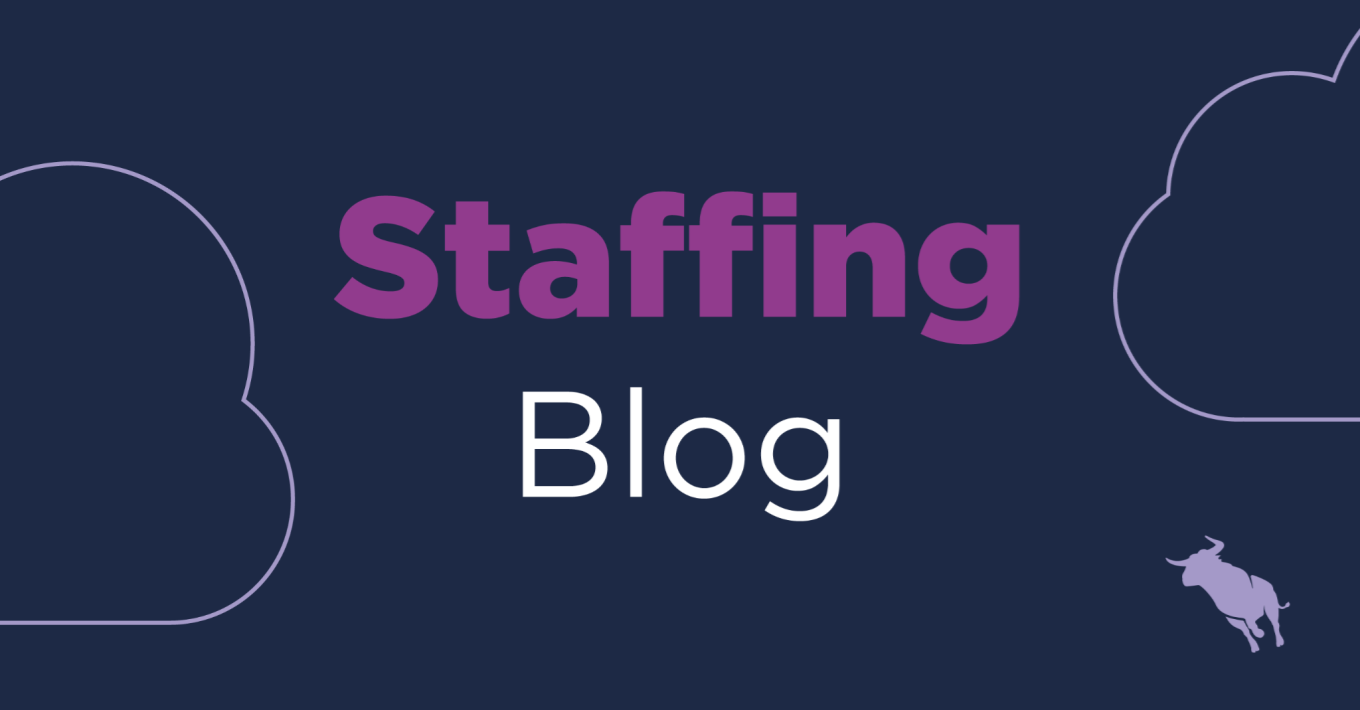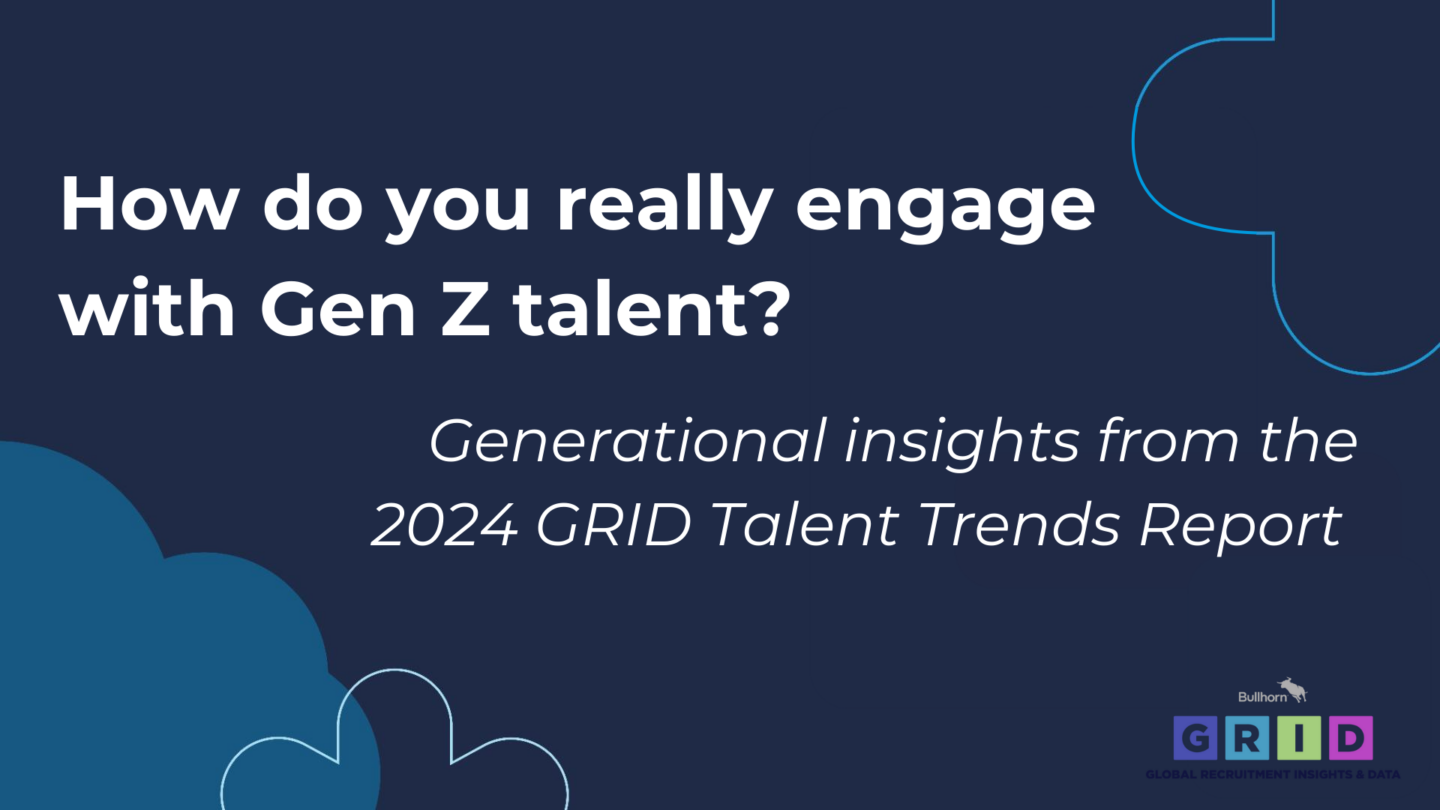Why Briefing Your Dynamic Workers Matters and How To Do It Right

What are Briefings?
If you’re managing dynamic workers, you regularly speak with them throughout the day. Not only must you put the right workers to the right place at the right time, but often you also have to brief them on their work. Chances are, you’re also responsible for their health and safety, even if there’s a site manager.
A big part of pulling the right roster together is keeping track of skills, certifications, and leveraging tools like Sirenum to ensure they are up-to-date and relevant for the work being scheduled.
But sometimes you also need to share information in real-time, and be confident (read: have an audit trail!) that your employees have reviewed that information. For example, you may need your workers to accept terms and conditions or get a health and safety warning. If you’re in this situation, you probably spend way too much time calling, emailing, and meeting with your workers. Can you relate? Why has this been so hard?
Pop Quiz
Want to make sure your employees are on the ball? Maybe you want to ask them a couple of questions about their tasks for the day before they get started. Of course, desk workers usually have access to e-learning modules via their intranet portals, but with dynamic workers, it gets more complicated.
Refresher
How about ensuring skills are relevant and ready to be used? Regardless of the type of job your workers are performing, they need to know what their exact requirements are: what their responsibilities are, to whom they report, etc. And you need an audit trail.
Stay Safe
As instructed by the UK Health and Safety Executive, “The employment agency and the employment business must take reasonable steps to identify any known risks concerning health and safety and satisfy itself that the end user has taken steps to prevent or control the known risks. This must be done before the work starts and must include obtaining… information from the end user….” So yeah, you’re ultimately responsible for your workers’ health and safety, and have to cooperate with your client to brief them on anything relevant to health and safety before they get started.
Onboarding
Dynamic workers are usually asked to do a wide variety of tasks, which may vary from shift to shift. This gives them (and you!) flexibility to get more work. Sometimes you need to train your workers to perform new processes, or onboard them at new sites or clients. This is as simple as reading some documentation and making sure they understand the workflow or what the job entails.
How to Do It
Briefing dynamic workers is an important process. It can help them get up to speed quicker and even ensure their safety and security. From an agency perspective, briefing your staff makes you compliant with regulations and increases your employee engagement. It also increases client satisfaction.
Put together, all of these actions translate into higher revenues, lower compliance issues, lower compliance violations, and better employee engagement. However, it takes a great deal of time and effort, if, like most employers, you rely on pen and paper. So, if you want to streamline this process with technology, you need to remember three key things:
- Briefing results need to be available in context with employee data
- Placing workers in your schedule should reflect briefing compliance, just as it does your other compliance rules
- All briefings should be fully audited
It goes without saying that being in the cloud and mobile-friendly are key to adoption and data availability.
For more information, please visit our Briefings page.








